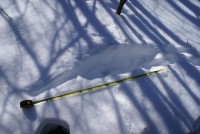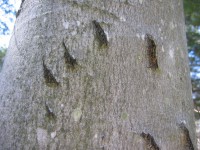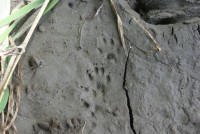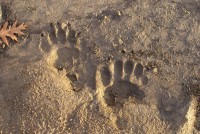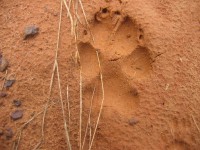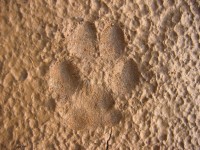Tracking is a science as well as an art and requires equal amounts of skill and imagination from the tracker. It involves interpreting the patterns and behaviours of the animal being tracked as well as building a complete picture from fragments of sign left behind. Tracking is also the ability to construct a narrative that discloses information about the animal’s past, current, and future activity based on these observations.
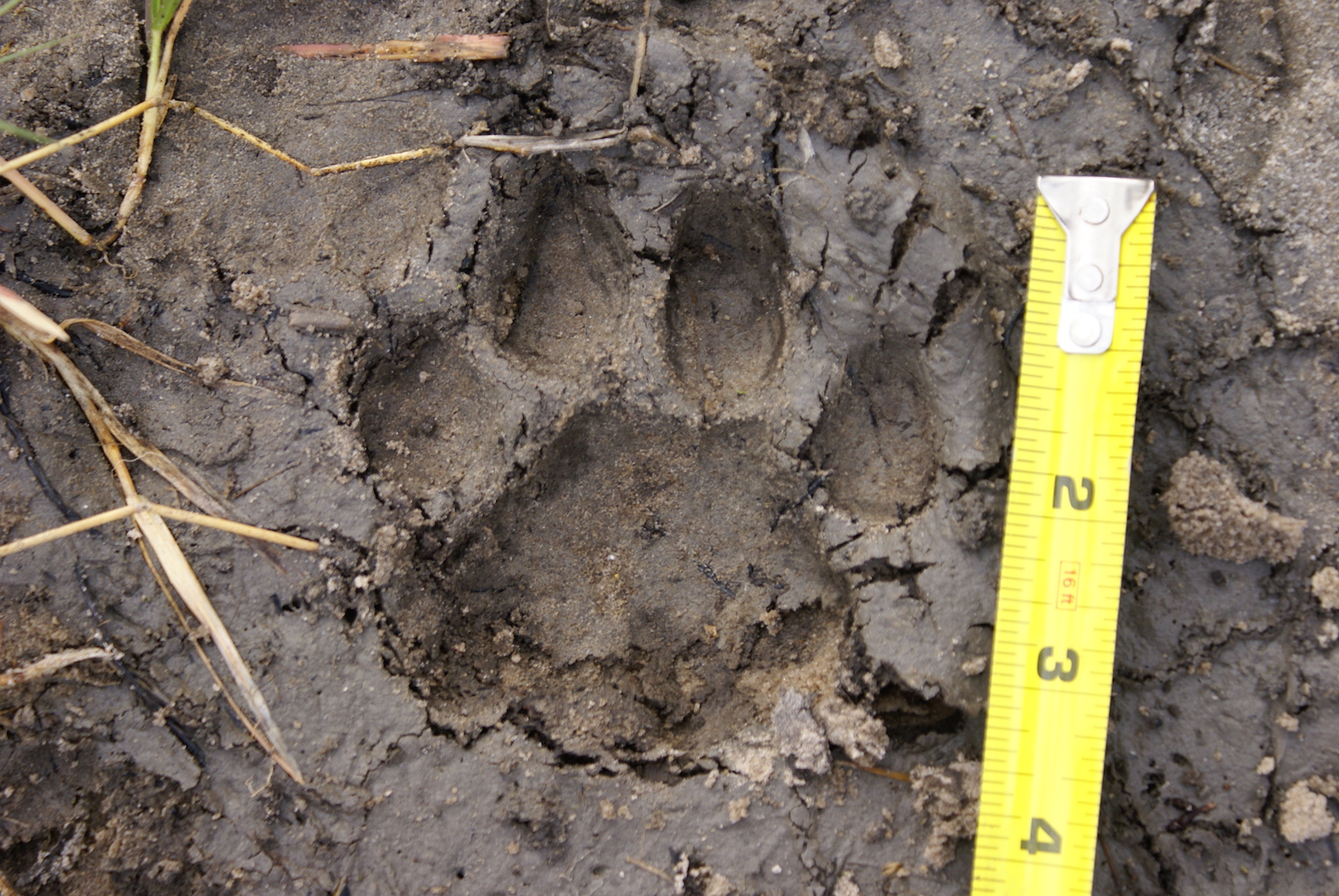
Front Right Florida Panther. Big Cypress, Florida.
Photo: Rob Baker
L’Anse à l’Orme Fisher Track (Body & Tail Print), on the Island of Montreal.
Photo: Rob Baker
Black Bear, Algonquin Park.
Photo: Rob Baker
Mink in a lope, Vermont.
Photo: Rob Baker
Black bear, New Hampshire.
Photo: Rob Baker
Bobcat in Vermont
Photo: Rob Baker
Western Coyote direct register (Rear track on top of larger front track), Texas.
Photo: Rob Baker
Front track from a Gray Fox, Virginia
Photo: Rob Baker
Tracking originated as a hunting skill but other disciplines and areas of human endeavour have since found in it something of benefit—environmental education and research, conservation, biology, government policy-making, field ecology and now, art.
Being able to read track and sign is like opening a window to an animal’s life.

